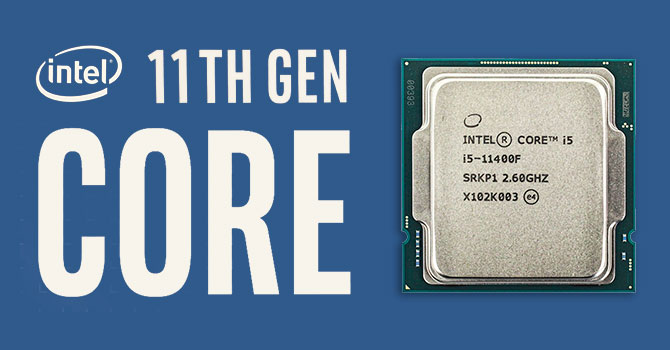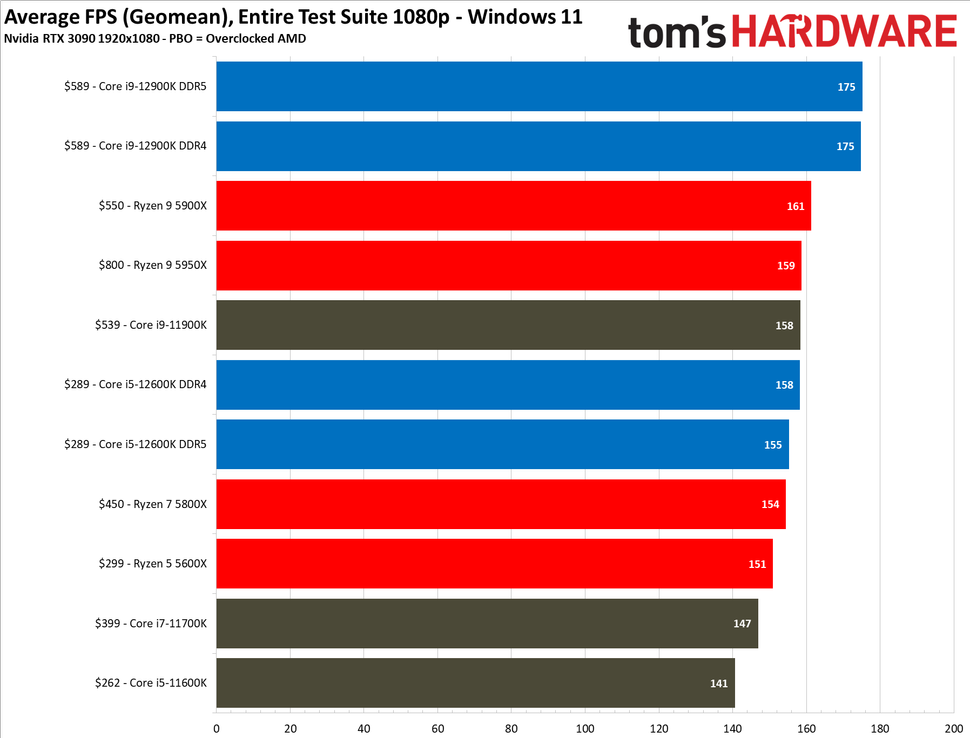Not really bothered me to have that market segmentation. Majority of people don't overclock, so if a motherboard doesn't support it, not that big a deal. Those that do want it often want better features in general, so you have your Z and X boards.
I feel the segmentation is more growing towards PCIe lanes and bandwidth than anything else. You have the single x16 slot and m.2 slot as budget, chipset offering slower or less lanes. And then you have the high end chipsets offering 3 or more m.2 slots, multiple x16 lanes and faster PCIe. USB4/Thunderbolt 4, things like that.
That Intel hasn't chosen to match AMDs B chipset features isn't surprising, people don't expect it. That they took away XMP from B460 was the real oddity, that was when AMD WAS still in the lower end CPU market. And it isn't that AMD has left it, they just don't have the production to accommodate it in their product stack. 8 core chiplets just don't pump out too many quad core parts.
5600G and 5700G would be great options if not for the GPU shortage, like the 2200G and 3200G used to be.
Traditionally the Hx70 boards have always been Z boards without overclocking for the most part. I think the B board has adopted more features of late in order to compete with AMD, who added functionally. Intel's budget board is always the Hx10 boards, akin to AMDs A series boards.







